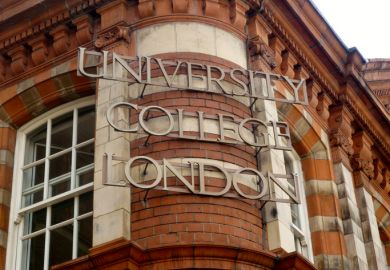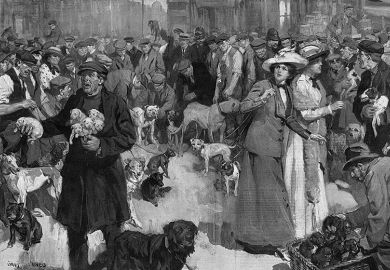Since the first major biography of Hawksmoor appeared in 1969, further research has clarified the true relationship between him and the other notable architects of his era, Vanbrugh and Wren. Pierre du Prey's book examines in detail one particular aspect of Hawksmoor's work: the influence of contemporary publications on the Seven Wonders of the World, the architecture of the early Christian churches and the Temple of Solomon in Jerusalem. All are discussed in relation to the churches Hawksmoor designed for the commissioners empowered by the 1712 and subsequent acts authorising the building of 50 new churches in London.
Du Prey has reviewed the tantalising omission of the Mausoleum of Helicarnassus from Philo's 5th-century tract on the Seven Wonders, Hawksmoor's sketch reconstruction in the heirloom copy of Wren's Parentalia , and his executed design for the tower of St George's, Bloomsbury (1716-31). The reconstructions of the Temple of Solomon by Wren, Robert Hooke, even Newton, are examined in great detail. The degree to which the new churches should be restitutions of the supposed early Christian church planning was debated intensely at the commissioners'
meetings, although their rules, which the architects had to follow, were only prescriptive about site planning, ancillary rooms, the font, pews, chancel and portico.
The architects of the churches had to be wary of current liturgical theory. According to a sermon preached in 1691 by Thomas Tenison, later to be archbishop of Canterbury during the building of the 50 churches, worship should be in public in major buildings, not the secret meeting places often used by dissenters and non-conformists. The Anglican church was challenged to find a middle course between Catholicism and Free Protestantism, and du Prey writes in detail about the churchmen and commissioners, their writings, influence and theories.
Hawksmoor rose to the challenge initially in the re-building of St Alphege's in Greenwich. The three Stepney churches of St George's-in-the-East, St Anne in Limehouse and Christ Church, Spitalfields, were begun in 1714, and St Mary Woolnoth in the City in 1716.
Du Prey claims Hawksmoor came close to approximating the appearance of early Christian churches in the Near East, but does not refer to modern archaeological evidence, other than Julien-David Leroy's Histoire in 1764, to support this assertion. Neither are we told how accurate were the contemporary reconstructions. It is more astonishing that Hawksmoor should have designed architectural masterpieces, whose massing, composition and detail were so original and powerful, without the benefit of travelling to view his primary sources.
The omission of most of the contemporary architectural context and any outline biography of Hawksmoor makes this book unnecessarily insular. The working relationships between Hawksmoor and Vanbrugh, essential to understanding the architecture and genius of both men, is hardly alluded to. Du Prey's book is only a few chapters in the long life of one of England's greatest architects, and one longs for the defining biography.
It is also disappointing that there is no analysis of how Hawksmoor's churches were used liturgically. But this book is, potentially, an important link in the explanation of religious architectural history between Puritanism and the next wave of church-building in 1818.
N. E. Bridges is a chartered architect practising in London.
Hawksmoor's London Churches: Architecture and Theology
Author - Pierre de la Ruffinière du Prey
ISBN - 0 226 17301 1
Publisher - University of Chicago Press
Price - £24.00
Pages - 172
Register to continue
Why register?
- Registration is free and only takes a moment
- Once registered, you can read 3 articles a month
- Sign up for our newsletter
Subscribe
Or subscribe for unlimited access to:
- Unlimited access to news, views, insights & reviews
- Digital editions
- Digital access to THE’s university and college rankings analysis
Already registered or a current subscriber? Login



